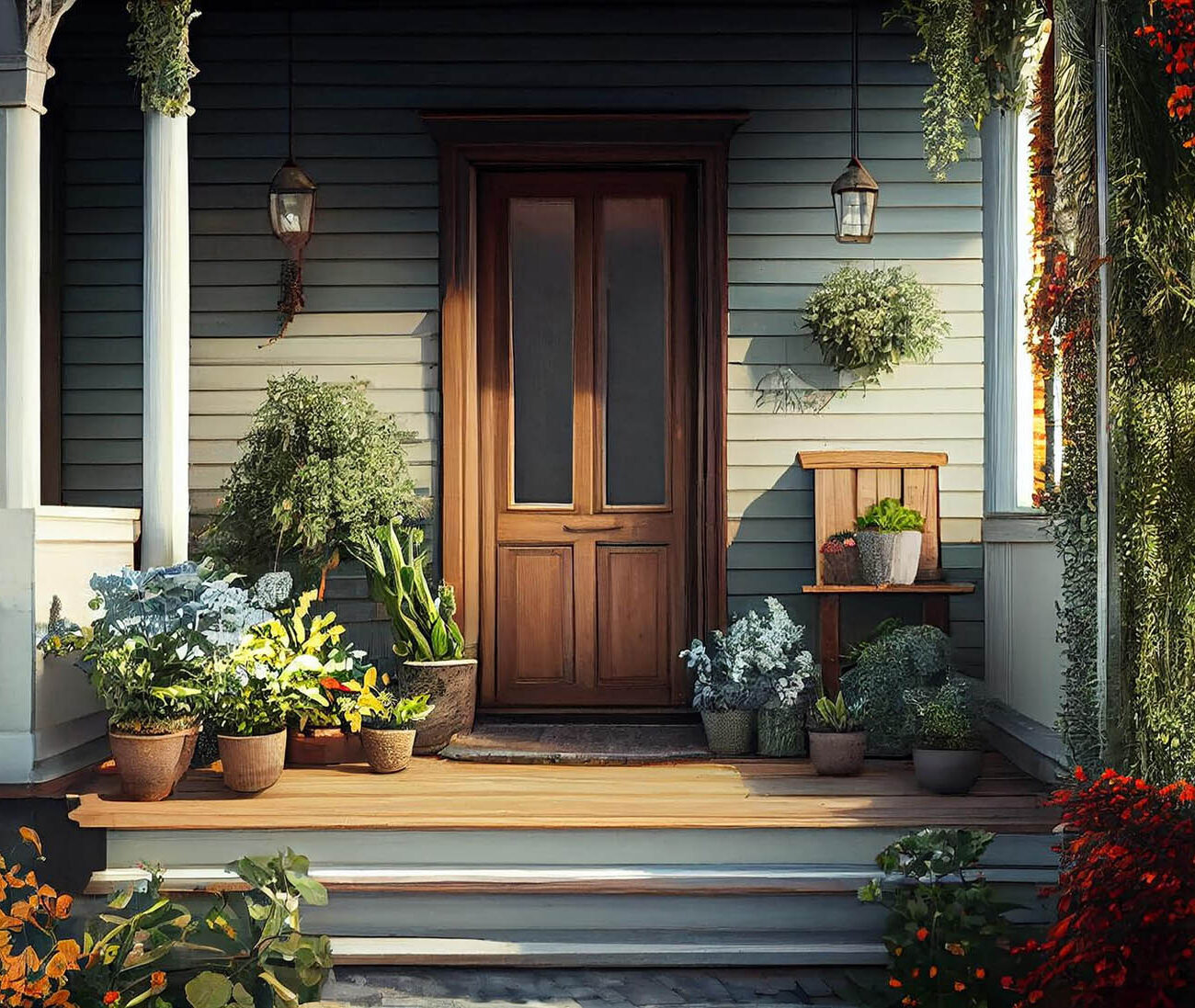Native Plant Restoration Initiative
Designing the Great Outdoors
The foundation of landscaping is the design phase. Landscape designers and architects work closely with clients to create comprehensive plans for outdoor spaces. These plans consider factors like the layout, plant selection, hardscape elements (e.g., pathways, patios), lighting, irrigation, and overall aesthetics. The design serves as a blueprint for the entire project.
Planting is a fundamental aspect of landscaping. It involves selecting and planting a wide variety of vegetation, including flowers, shrubs, trees, and ground cover, to create visually appealing gardens and green spaces. Planting may also include designing and installing features like flower beds, herb gardens, and themed gardens.
Efficient irrigation systems are essential for providing water to plants while preventing water wastage. Proper drainage solutions are also crucial to prevent water accumulation, erosion, and other water-related issues that can damage the landscape.
Habitat Creation
Landscaping can be designed to support local wildlife and pollinators by including features like birdhouses, butterfly gardens, and wildlife-friendly plants. Creating habitats within the landscape contributes to ecological diversity and conservation.

Lawn Care
Lawn care services focus on maintaining and enhancing the health and appearance of your grass, which can include mowing, fertilizing, aeration, and weed control.
Landscaping projects encompass a wide range of outdoor design and improvement endeavors, from small residential gardens to large-scale commercial and public spaces. These projects aim to create or enhance outdoor environments for aesthetic, functional, and practical purposes.